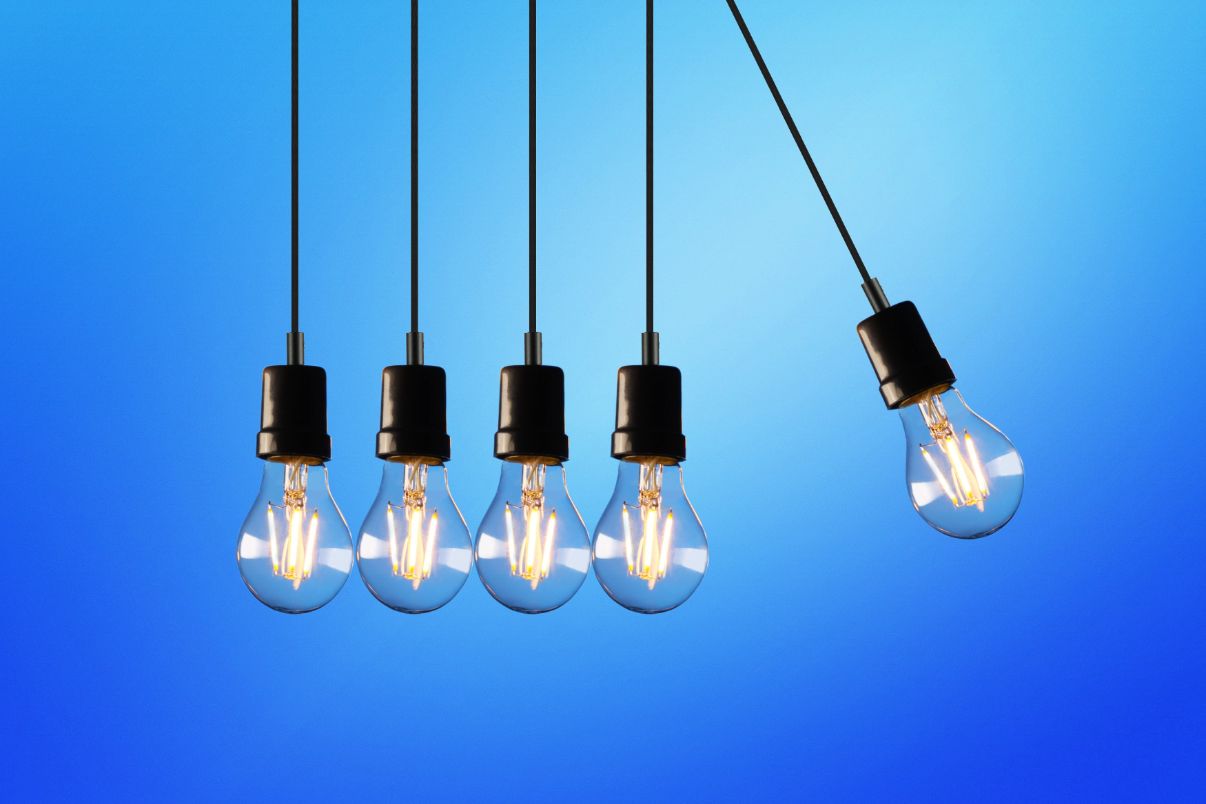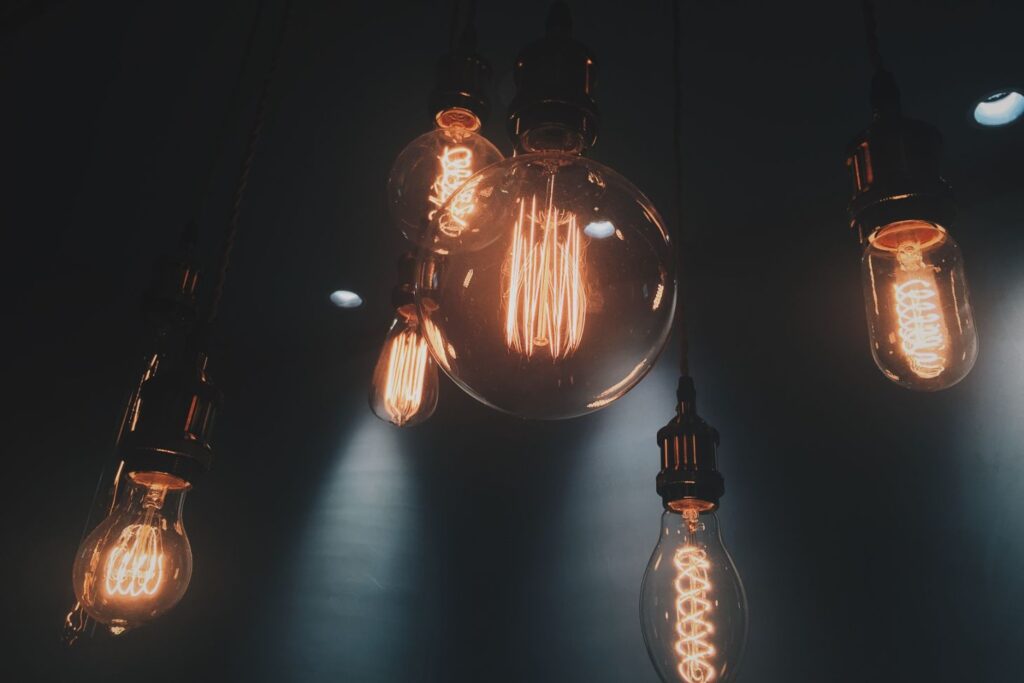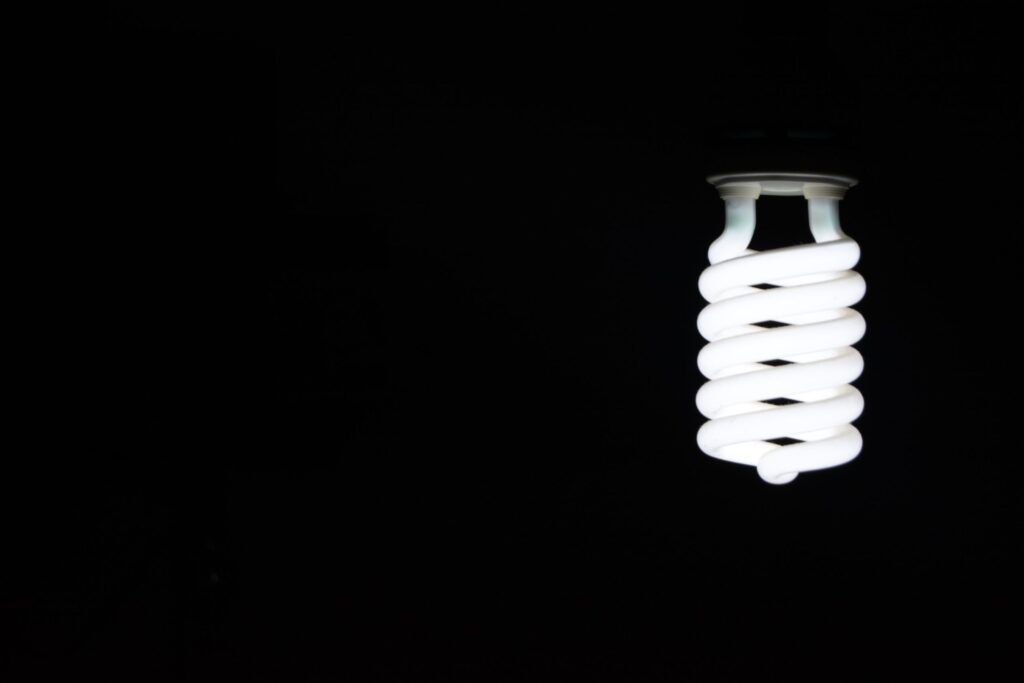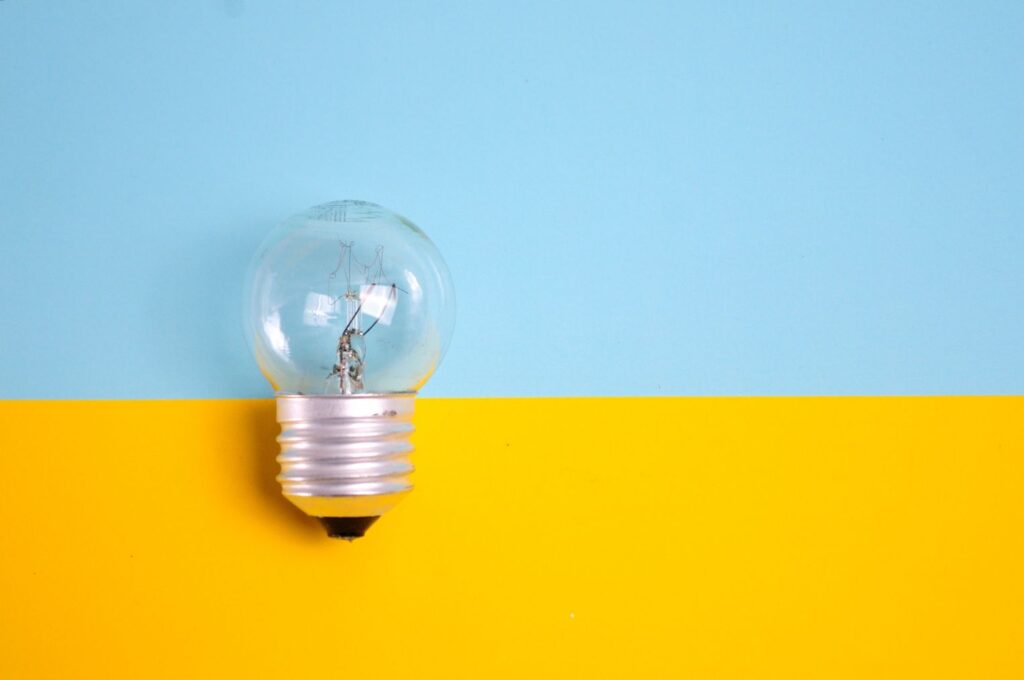
Ever questioned why LED lights are so popular? Learn how much electricity items in your home use.
Your home’s lightbulbs likely get the most use out of all the electrical appliances there are. They’ll be used first thing in the morning, for the majority of the evening, and are one of the few things in your house you might use in the middle of the night if you woke up for any reason.
However, as the cost of electricity has increased and newer light bulb technologies have been developed, many people are now wondering how many watts their light bulbs actually consume. Modern LED bulbs will consume between 4 and 10 watts. For more information, please continue reading.
How Many Watts Does a Light Bulb Use?
The electricity needed for light bulbs to operate is extremely minimal. The majority of homes are currently switching to modern LED lightbulbs, which only consume a tiny amount of energy and range in power consumption from 4 to 10 watts. Some older bulbs use a lot more, though rarely above 100 watts for residential bulbs.
But it’s crucial to keep in mind that you’ll have a lot of lightbulbs, unlike some other electrical appliances in your house.
There are typically 40 to 45 light bulbs in a US home. It sounds like a lot but think about any lamps, or rooms with multiple fixtures – kitchens often have spotlights or under-cabinet lighting and it all adds up.
In order to determine how much electricity your home’s lightbulbs use overall, you must determine which bulbs are currently in use. Unless you were hosting a party and had guests in each room, it’s unlikely that you’ll have all 40 switched on at once.

How Much Does It Cost to Run a Light Bulb?
The price of electricity per kWh is the essential information you’ll need to calculate the cost of operating your particular light bulb. The average cost of electricity in the country is 34p per kWh.
Since November 2021, electricity costs have increased by more than half. This number was 20p rather than 34p prior to the increases in the energy price caps in April and October.
By using the previous example, where a 100W light bulb uses 0.1kW per hour, we can see that ten 100W light bulbs on at once would use 1kW, which would cost 34p per hour. If you replace those with ten 18W LED light bulbs, the cost is much lower: 18W is 0.018kW x 10 = 0.18kW, so the cost per hour is just over 6p.
‘According to Steve Buckley, the head of data science at energy-saving app Loop(opens in new tab), lighting is responsible for 15% of the average household’s electricity bill. ‘Better LED lights are more expensive than other types of lighting, but the extra cost is justified.’
How Can I Cut the Cost of Running a Light Bulb?
Switch to LED Bulbs
‘According to Matt from Currys, LED lights can reduce a typical person’s carbon dioxide emissions by up to 40kg annually, which is equal to driving a car 40 miles.
‘The Energy Saving Trust estimates that by switching from a 100W incandescent bulb to an LED light bulb, you can save up to £9 per bulb annually, assuming a 1,100-lumen bulb runs for 562 hours.’

Reach for the Dimmer Switch
Modern dimmer switches operate differently from older models, which added resistance to the circuit and generated heat instead of saving energy. They lessen the flow, which also helps your bulb last longer.
It is important to remember that savings are rarely linear; for instance, dimmed halogen bulbs are less effective. Check your light bulbs are compatible before installing a dimmer switch, too – not all LEDs and CFL bulbs will be.
Opt for a Lower Wattage Bulb
If you find yourself constantly reaching for the dimmer switch, think about switching to a lower-wattage bulb. When fully operational, they will consume less energy than a high-wattage light bulb that is dimmed.
How to Choose the Best Bulb Wattage?
When selecting the best bulb watt, you should consider the following factors.
The Right Wattage for a Ceiling Light Fixture
The labels on the actual bulb sockets should be the first place to look. It’s not too difficult to match the details on the packaging to the limit for single fixtures.
Keep in mind that a fixture that allows multiple bulbs will likely have a combined wattage limit. This limit should not be exceeded by the sum of all the bulbs used in this fixture. It is likely to be unsafe to exceed the limit on lightbulb fixtures, which also puts the bulb and the fixture itself at risk.
The Right Wattage for a Lamp
A maximum wattage should be listed on the product’s label. If not provided, contact the manufacturer. As a general rule, most lamps have a maximum limit of 60 watts.
The good news is that Domestic LED bulbs are normally much lower than 60 watts, as they produce the same or greater lumens for less wattage than alternatives.

Other Factors to Consider
The things you need to consider when choosing the best light bulb wattage:
- Marriage of function and comfort
You should never buy your light bulbs in bulk and later use them randomly around the house. Each room needs a certain amount of light depending on its usual uses and size.
The living room probably needs multiple independent light sources with high-wattage bulbs, but a small storage room would benefit more from using fewer bright bulbs. You can define the character of the space and improve the comfort of your home by individually adjusting the wattage for each room.
- Understanding various types of light bulbs
Choosing the best wattage is not a simple matter of picking a number. There are numerous alternatives to the common general-purpose light bulbs that are available on the market. Incandescent light bulbs are available in the 15w-150w range, although these are being phased out.
Halogen bulbs produce a unique type of light and have a 120w maximum output.
The use of reflectorized bulbs, which concentrate the light in one direction while using the same amount of wattage to produce a much stronger beam, is another option you might want to think about.
Whichever type you decide on, make sure you acquire enough information before purchasing the bulbs.
- Think green and save money
The maintenance aspect is, of course, always a factor. Your monthly bills will go up as you install more lamps and light fixtures in your house, and using higher-wattage bulbs only makes things worse because they use more energy.
But you can reduce the cost of maintaining good lighting in your home by using certain types of light bulbs.
For instance, fluorescent bulbs use 20–40% less energy and have a 20–fold longer lifespan than standard bulbs. By using just 10W of power, LED bulbs can produce as much light as 60W incandescent bulbs while using a significant amount less energy.
There are a lot of “green” ways to approach this issue and you would be smart to take them into account.
